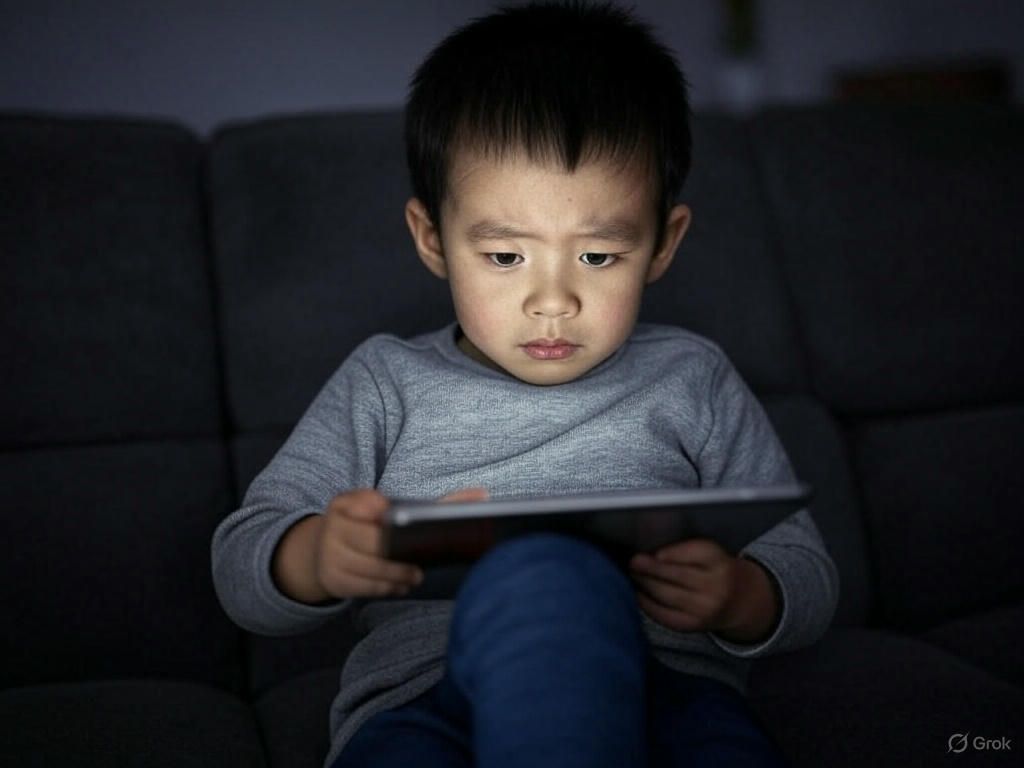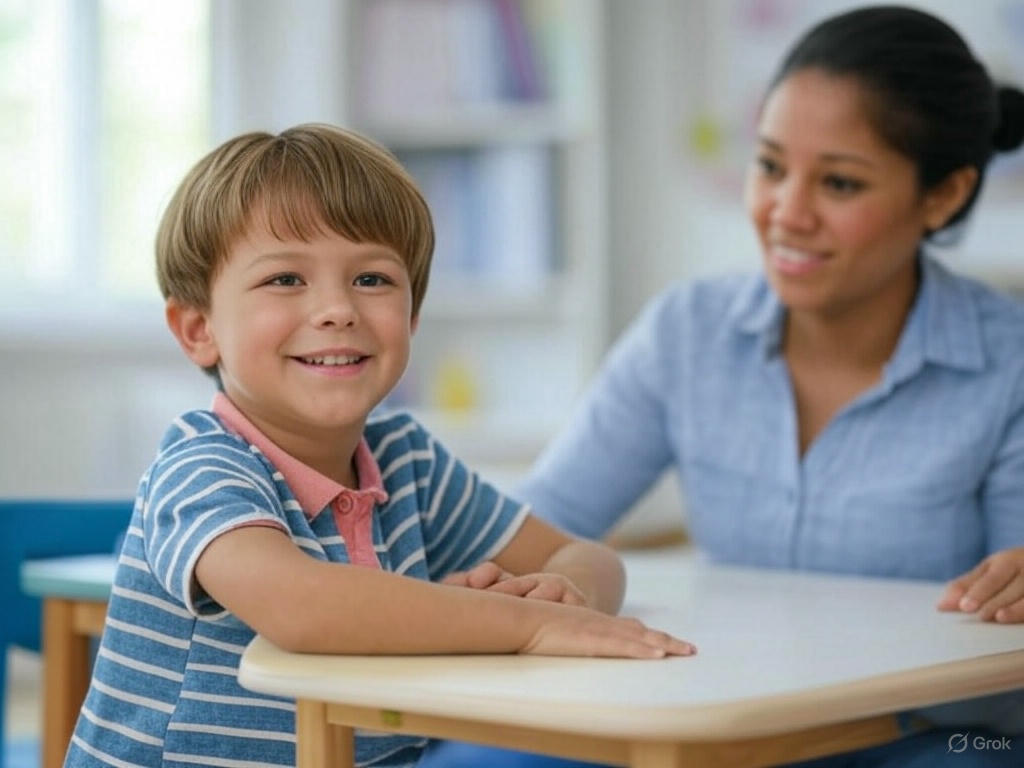Comprehensive Guide to Understanding and Managing Separation Anxiety in Toddlers
Understanding Separation Anxiety in Toddlers
Separation anxiety in toddlers is a common developmental phase where young children experience distress when separated from their primary caregivers. This emotional response is a natural part of growing up and typically begins around six months of age, peaking between 10 to 18 months. While it can be challenging for both toddlers and parents, it is an essential step in a child’s emotional and social development.
Separation anxiety in toddlers often stems from their growing awareness of the world around them. As they develop object permanence—the understanding that people and objects exist even when out of sight—they may struggle with the idea of being apart from their caregivers. This phase is a sign of healthy attachment and emotional growth.
Although separation anxiety is normal, its intensity and duration can vary from child to child. Some toddlers may experience mild discomfort, while others may exhibit more severe symptoms. Understanding the nuances of separation anxiety in toddlers can help parents navigate this phase with empathy and patience.
By recognizing the signs and addressing the underlying causes, parents can support their toddlers in building resilience and confidence during this critical stage of development.
Common Signs and Symptoms of Separation Anxiety
- Crying or tantrums when a caregiver leaves the room.
- Clinging to parents or caregivers excessively.
- Refusal to engage with other adults or children.
- Difficulty sleeping alone or frequent nighttime awakenings.
- Physical symptoms such as stomachaches or headaches when separation is anticipated.
For example, a toddler might cry inconsolably when dropped off at daycare, even if they were previously comfortable in that environment. This behavior is a hallmark of separation anxiety in toddlers and can be distressing for both the child and the parent.
It’s important to note that these symptoms are temporary and typically subside as the child becomes more accustomed to being apart from their caregiver. However, if the symptoms persist or worsen, it may indicate a need for additional support.
Causes of Separation Anxiety in Early Childhood
Several factors contribute to separation anxiety in toddlers. One primary cause is the developmental milestone of object permanence, which allows toddlers to understand that their caregivers exist even when not visible. This newfound awareness can lead to fear of abandonment.
Changes in routine, such as starting daycare or moving to a new home, can also trigger separation anxiety. Toddlers thrive on consistency, and disruptions to their environment can heighten their sense of insecurity.
Additionally, a parent’s emotional state can influence a toddler’s anxiety levels. For instance, if a parent appears anxious or hesitant during separations, the child may mirror these emotions, exacerbating their own anxiety.
Understanding these causes can help parents address the root of separation anxiety in toddlers and implement strategies to ease their child’s distress.
The Role of Attachment in Separation Anxiety
Attachment plays a crucial role in the development of separation anxiety in toddlers. A secure attachment between a child and their caregiver provides a foundation for emotional stability and trust. When this bond is strong, toddlers feel safe exploring their environment, even when separated from their caregiver.
However, an insecure attachment can intensify separation anxiety. For example, if a caregiver is inconsistent in their responses to a child’s needs, the toddler may struggle to develop a sense of security, leading to heightened anxiety during separations.
Building a secure attachment involves responding to a child’s needs with sensitivity and consistency. This approach helps toddlers develop confidence in their caregiver’s reliability, reducing the intensity of separation anxiety over time.
By fostering a secure attachment, parents can support their child’s emotional development and ease the challenges associated with separation anxiety in toddlers.
How Separation Anxiety Impacts Toddler Development
Separation anxiety in toddlers can have both short-term and long-term effects on their development. In the short term, it may impact their ability to engage in social interactions or explore new environments independently.
For example, a toddler experiencing separation anxiety may be hesitant to participate in group activities at daycare, limiting their opportunities for social and cognitive growth. Over time, this reluctance can affect their confidence and ability to form relationships.
However, when managed effectively, separation anxiety can also contribute positively to a child’s development. It provides an opportunity for toddlers to learn coping skills and build resilience, which are essential for navigating future challenges.
By addressing separation anxiety with empathy and support, parents can help their toddlers develop the emotional tools needed for healthy growth and development.
Strategies for Easing Separation Anxiety at Home
- Establish a consistent routine to provide a sense of security.
- Practice short separations to help your toddler adjust gradually.
- Offer comfort items, such as a favorite toy or blanket, during separations.
- Reassure your child with positive affirmations and a calm demeanor.
For instance, you might start by leaving your toddler with a trusted family member for a short period while you run an errand. Gradually increasing the duration of these separations can help your child build confidence in your return.
Preparing Your Toddler for Separation: Tips for Parents
Preparation is key to easing separation anxiety in toddlers. Begin by discussing upcoming separations in a positive and age-appropriate manner. For example, you might say, “Mommy is going to work, but I’ll be back after your nap.”
Practice “goodbye rituals” to create a sense of predictability. A simple hug, kiss, and wave can provide reassurance and help your toddler transition more smoothly.
Encourage your child to spend time with other caregivers or family members to build their comfort level with being apart from you. This exposure can reduce their reliance on a single caregiver and ease their anxiety during separations.
By taking proactive steps, parents can help their toddlers feel more secure and confident during times of separation.
Coping with Separation Anxiety During Daycare or Preschool
Starting daycare or preschool can be a significant transition for toddlers and may intensify separation anxiety. To ease this process, visit the facility with your child beforehand to familiarize them with the environment and caregivers.
Communicate openly with daycare staff about your child’s needs and routines. This collaboration ensures that your toddler receives consistent support during the adjustment period.
Maintain a positive attitude when dropping off your child. Toddlers are highly perceptive and can pick up on parental anxiety. A confident and reassuring demeanor can help them feel more secure.
Remember that separation anxiety in toddlers is a temporary phase. With patience and support, most children adapt to daycare or preschool within a few weeks.
When to Seek Professional Help for Separation Anxiety
While separation anxiety in toddlers is typically a normal part of development, there are instances where professional intervention may be necessary. If your child’s anxiety persists for an extended period or significantly interferes with their daily activities, it may be time to seek help.
Signs that professional support may be needed include severe distress during separations, refusal to attend daycare or preschool, and physical symptoms such as frequent stomachaches or headaches.
A child psychologist or counselor can provide strategies and tools to help your toddler manage their anxiety effectively. Early intervention can prevent separation anxiety from impacting your child’s long-term emotional well-being.
Don’t hesitate to reach out for support if you feel overwhelmed. Addressing separation anxiety in toddlers with the help of a professional can make a significant difference in your child’s development.
Building Resilience and Confidence in Your Toddler
Building resilience and confidence is essential for helping toddlers overcome separation anxiety. Encourage your child to explore new environments and engage in activities that promote independence.
Celebrate small milestones, such as staying with a babysitter for an hour or attending a playdate without you. These achievements can boost your toddler’s self-esteem and reduce their reliance on constant reassurance.
Model positive coping strategies by demonstrating calmness and confidence during separations. Your behavior serves as a powerful example for your child to emulate.
By fostering resilience and confidence, parents can empower their toddlers to navigate separation anxiety and other challenges with greater ease.
Conclusion
Separation anxiety in toddlers is a natural and important part of their development. By understanding its causes, recognizing the signs, and implementing effective strategies, parents can support their children through this challenging phase. Whether it’s preparing for daycare, fostering secure attachments, or seeking professional help when needed, addressing separation anxiety with empathy and patience can make a significant difference in a toddler’s emotional growth.
For more resources on child development, visit Prashast.org, a platform dedicated to disability screening and inclusive education.
FAQ
- What is separation anxiety in toddlers?
- Separation anxiety in toddlers is a developmental phase where children experience distress when separated from their primary caregivers. It is a normal part of emotional growth.
- How can I help my toddler with separation anxiety?
- You can help by establishing routines, practicing short separations, and providing reassurance. Gradual exposure to new environments can also ease their anxiety.
- When should I seek professional help for separation anxiety?
- If your child’s separation anxiety persists for an extended period or significantly impacts their daily life, consider consulting a child psychologist or counselor for support.



